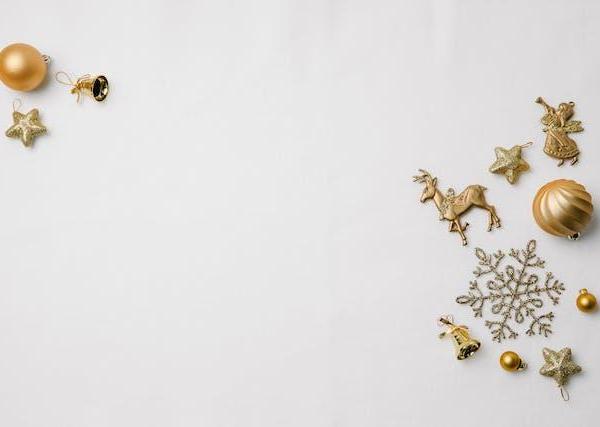Start with a Neutral Base:
When mixing patterns and textures, it's often helpful to start with a neutral base. This allows the patterns and textures to take center stage without overwhelming the space. Opt for neutral-colored walls, furniture, and flooring, such as whites, grays, or beige. This provides a blank canvas to build upon.Consider Scale and Proportion:
When combining patterns, it's important to consider the scale and proportion of each pattern. Mixing patterns of different scales can create visual interest and prevent a cluttered look. For example, pair a large-scale pattern, such as a bold floral print, with a smaller-scale pattern, like a subtle stripe or geometric design. This creates a balanced and harmonious composition.Stick to a Color Palette:
Choose a cohesive color palette to tie the different patterns and textures together. Select a dominant color and use it as a base throughout the space. Then, choose one or two accent colors for the patterns and textures. This ensures that the patterns and textures complement each other rather than compete for attention. Consider using a color wheel or online color palette generators to help you find complementary colors.Mix Patterns with Similar Tones:
When mixing patterns, it's important to consider the tones of the patterns. Stick to patterns that share similar tones, such as warm or cool tones. This creates a sense of harmony and prevents clashing. For example, pair a warm-toned plaid with a warm-toned floral pattern. This creates a cohesive look without overwhelming the space.Vary the Types of Patterns:
To create a visually appealing space, vary the types of patterns you use. Combine different pattern types, such as florals, stripes, geometrics, and plaids. This adds dimension and interest to the space. Just be sure to balance the scale and proportion of each pattern to maintain visual harmony.Use Solid Textures as Anchors:
To balance out the patterns, incorporate solid textures as anchors in the space. This can be done through solid-colored furniture, rugs, or curtains. Solid textures provide a visual break between the patterns and add a sense of calmness to the space. They also help to define the different patterns and prevent them from overwhelming the room.Mix Textures for Depth and Visual Interest:
In addition to patterns, incorporating various textures can enhance the overall aesthetic of the space. Mix different textures, such as velvet, leather, fur, or woven materials. This adds depth and visual interest to the room. Consider using textured throw pillows, blankets, or rugs to introduce these tactile elements into the space.Balance Busy Patterns with Calmer Ones:
If you have a particularly bold or busy pattern, balance it with calmer, more subtle patterns. This prevents the space from feeling overwhelming or chaotic. For example, pair a vibrant floral print with a neutral geometric pattern or a soothing stripe. This creates a sense of balance and allows the bold pattern to stand out without dominating the room.Consider the Function of the Space:
When mixing and matching patterns and textures, consider the function of the space. Different patterns and textures evoke different moods and atmospheres. For example, a bedroom may benefit from soft, calming patterns and textures, while a living room may be more suited for bold and vibrant patterns. Tailor the patterns and textures to create the desired ambiance for the space.Experiment and Trust Your Instincts:
Mixing and matching patterns and textures is an art form, and it often requires experimentation. Don't be afraid to try different combinations and trust your instincts. Sometimes, the most unexpected pairings can create the most visually stunning results. Take risks and have fun with the process.Mixing and matching patterns and textures can transform a space into a unique and visually appealing environment. By considering scale, proportion, color palette, and texture variation, you can create a harmonious and cohesive space. Remember to start with a neutral base, balance patterns with solid textures, and experiment with different combinations. With practice and creativity, you can master the art of mixing and matching patterns and textures to create a truly captivating space.









